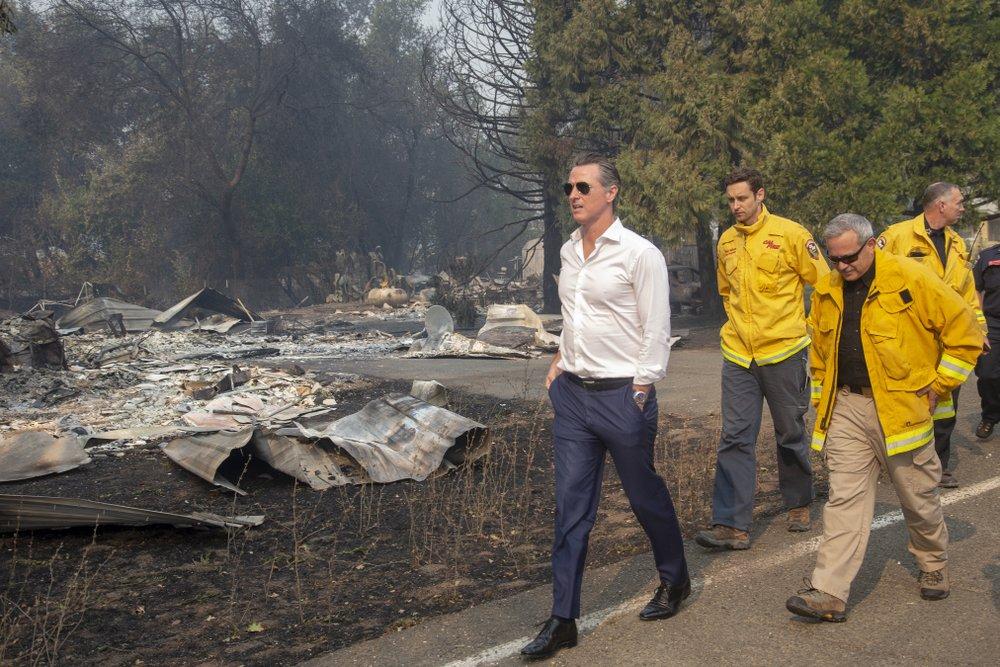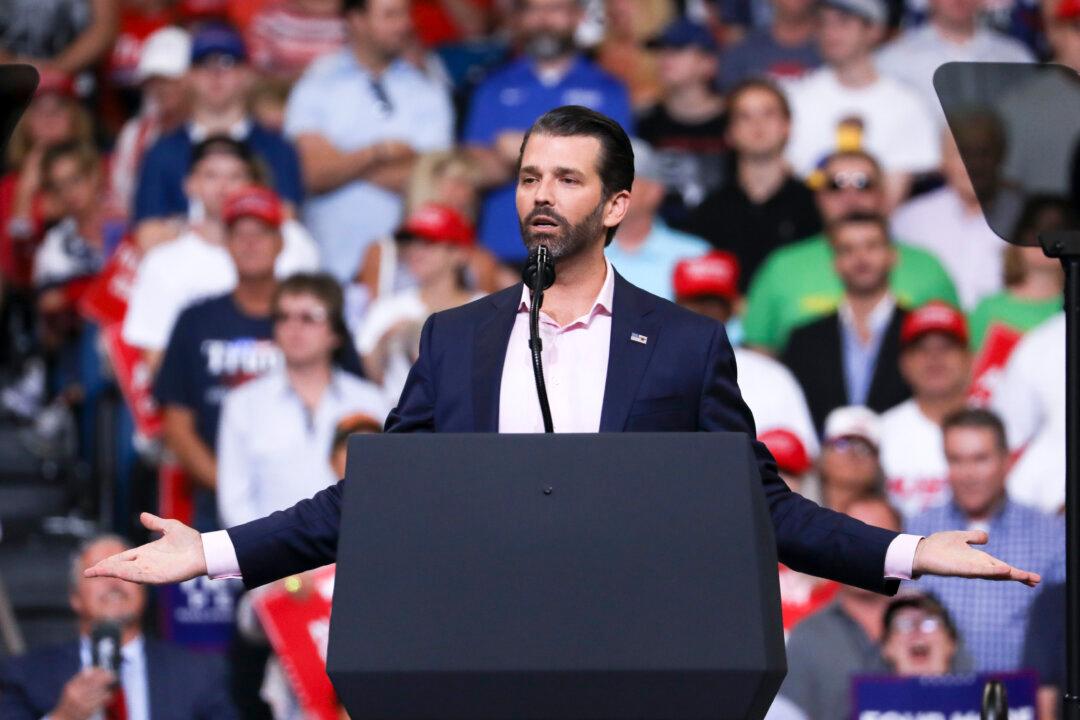The U.S. Department of Energy (DOE) announced Tuesday that it is currently negotiating with 9 American oil-industry companies to store 23 million barrels of U.S. crude oil in Strategic Petroleum Reserve (SPR) facilities. The oil industry has been strongly affected by reductions in demand due to the CCP (Chinese Communist Party) virus, commonly known as the novel coronavirus.
The awards are a first step in the DOE’s plan to fill the SPR, as ordered by President Trump. Approximately 23 million barrels of crude oil capacity will be leased across all four SPR sites. The SPR currently contains 635 million barrels (MMB) of crude oil, with separate storage caverns for sweet (low sulfur, 250 MMB) and sour (higher-sulfur, 385 MMB) crude oils. In comparison, the total capacity of the SPR is 713.5 million barrels.





